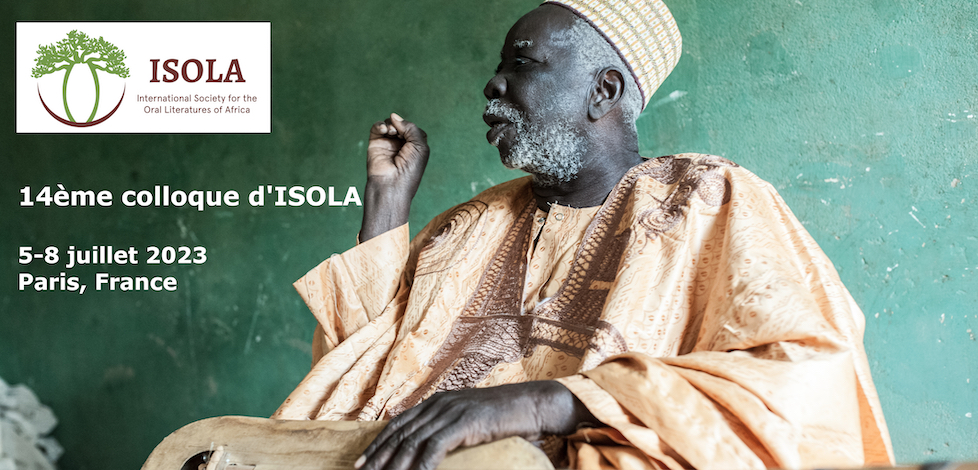Water nurtures everything and the prominence given to water is manifested by the abundance of oral narratives of all sub genres featuring the interaction of human or animal characters with water and water bodies. This paper sets out to examine cultural expressions of the Kalenjin and Luo communities so as to establish how humans relate with water; what water does in the lives of humans and how this relationship brings out life and death. The cultural expressions examined are both primary data collected through oral interviews and secondary data collected from oral literature textbooks in Kenya and publications on digital platforms. The justification for the two communities lies in the fact that the Luos are river lake nilotes who live around Lake Victoria, the source of the Nile and therefore their livelihoods revolve around the lake. The Kalenjin on the other hand are nomadic pastoralists who inhabit the highlands and plains of the rift valley where water is scarce therefore their survival revolves around moving from one place to another with their livestock in search of water and pasture. The outcome of this study would be useful in supplementing the existing efforts of conserving the environment and water resources through the understanding of the imagery, metaphoric and symbolic descriptions in these people's folklore.

|
Water as a source of life and death: a comparative study of the folklore of the Luo and Kalenjin communities in Kenya
1 : Kandagor
|
 PDF version
PDF version
